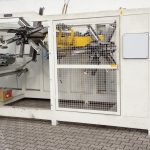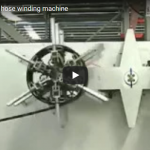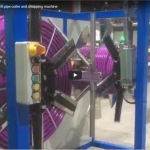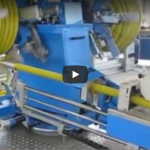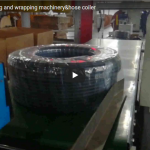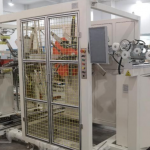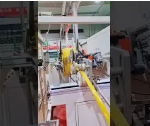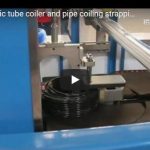An automatic HDPE pipe coiler and strapping machine, as well as a rubber hose coiling machine, is a type of packaging equipment that is designed to coil pipes and hoses quickly and efficiently. The machine is typically used in manufacturing facilities and warehouses where pipes and hoses need to be packaged and transported.
The automatic HDPE pipe coiler and strapping machine typically consists of a coiling system that coils the pipes or hoses onto a spool or reel. The machine is equipped with an automatic strapping system that secures the coiled pipes or hoses together with strapping material. The machine may also include a collection area where the coiled and strapped pipes or hoses can be easily removed.
The primary benefit of an automatic HDPE pipe coiler and strapping machine, as well as a rubber hose coiling machine, is that it can help to increase the efficiency and productivity of the packaging process. By automating the coiling and strapping process, the machine can help to reduce the need for manual labor, which can lead to cost savings and improved safety in the workplace.
Moreover, the use of an automatic coiling and strapping machine can help to ensure that the pipes and hoses are packaged consistently and with a high degree of accuracy. This feature can help to improve the quality of the final product and reduce the risk of damage during transportation and storage.
Overall, Fhope’s automatic HDPE pipe coilers and strapping machines, as well as rubber hose coiling machines, are reliable and efficient solutions for companies that need to package pipes and hoses. The machines can help to improve the productivity and efficiency of the packaging process, reduce labor costs, and improve the quality of the final product.
